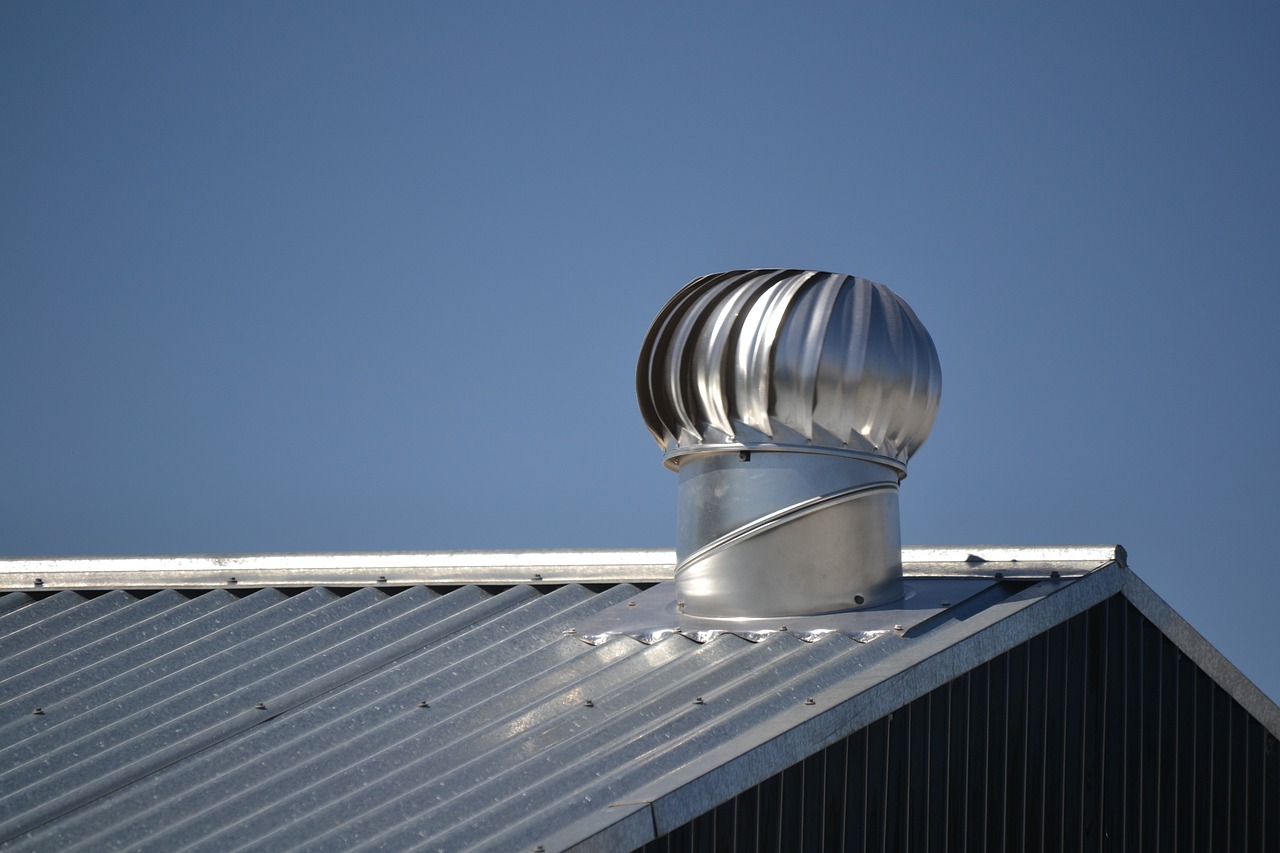How to Improve Roof Ventilation for Better Energy Efficiency
As the summer months approach, many of us are looking for ways to keep our homes cool without breaking the bank. One often overlooked but crucial aspect of energy efficiency is roof ventilation. Proper roof ventilation can make a significant difference in reducing energy costs and creating a more comfortable living space.
It helps remove heat and moisture from the attic, reducing the strain on your air conditioning system and preventing damage to your roof.

Why is Roof Ventilation Important?
Roof ventilation is essential for removing heat and moisture from your attic space. During the summer, the sun beats down on your roof, causing temperatures in the attic to soar. If this heat is not properly ventilated, it can lead to increased energy costs, as your air conditioning system works harder to cool your home.
Additionally, poor ventilation can also lead to moisture buildup, causing damage to your roof and potentially leading to mold and mildew growth.
How to Identify Poor Roof Ventilation
Before making improvements, it's essential to determine whether your roof suffers from poor ventilation. Some signs to watch for include high energy bills, excessive heat in the attic, mold or mildew growth, and ice dams forming along the roof's edge in winter. If you notice any of these signs, it might be time to improve your roof's ventilation system.
Homeowners in areas where temperatures can soar often turn to professionals for assessments and upgrades. A reputable West Palm Beach Roofing Company can provide expert guidance, recommending simple yet effective upgrades to enhance energy efficiency. By prioritizing roof ventilation, homeowners can enjoy a more comfortable, energy-efficient living space all year round.
How to Improve Roof Ventilation for Better Energy Efficiency
Proper roof ventilation helps regulate temperature, prevent moisture buildup, and improve overall energy efficiency. By assessing your current system and making strategic upgrades, you can create a balanced airflow. Here are the key steps to consider:
1. Assess Your Current Ventilation System
The first step in improving roof ventilation is to evaluate your existing system. Start by inspecting your attic for signs of poor ventilation, such as:
- Excessive heat buildup in the summer
- Condensation or moisture on the underside of the roof
- Mold or mildew growth
- Ice dams in the winter
If you notice any of these issues, it's a clear sign that your ventilation system needs improvement. You can also check for the presence and condition of vents, such as soffit vents, ridge vents, and gable vents.
2. Install Soffit Vents for Intake Air
Soffit vents are one of the most effective ways to improve roof ventilation. These vents are installed under the eaves of your roof and allow cool air to enter the attic. When paired with exhaust vents (like ridge vents), soffit vents create a continuous flow of air that helps regulate temperature and moisture levels.
If your home doesn't have soffit vents, consider installing them. Make sure they're not blocked by insulation or debris, as this can restrict airflow.
3. Add Ridge Vents for Exhaust
Ridge vents are installed along the peak of your roof and allow hot air to escape from the attic. They work in tandem with soffit vents to create a natural airflow system. Ridge vents are particularly effective because they run the entire length of the roof, providing consistent ventilation.
If your home doesn't have ridge vents, adding them can significantly improve your roof's ventilation. However, this is a job best left to professionals, as improper installation can lead to leaks and other issues.
4. Consider Gable Vents
Gable vents are another option for improving roof ventilation. These vents are installed on the exterior walls of the attic, near the roof's peak. They allow hot air to escape and can be used in conjunction with soffit and ridge vents for even better airflow.
While gable vents are effective, they may not be suitable for all homes. For example, in areas with high winds or heavy rain, gable vents can sometimes allow water to enter the attic. A roofing expert can help you decide if gable vents are a good fit for your home.
5. Use Attic Fans for Enhanced Airflow
If natural ventilation isn't enough to keep your attic cool, consider installing an attic fan. These fans are designed to pull hot air out of the attic and draw in cooler air from outside. They can be particularly useful in hot climates like South Florida where temperatures can soar during the summer months. There are two main types of attic fans, including powered fans and solar-powered fans.
Powered fans are more effective but require electricity to operate, while solar-powered fans are energy-efficient but may not provide as much airflow. Choose the option that best suits your needs and budget.
6. Ensure Proper Insulation
While insulation isn't directly related to ventilation, it plays a key role in maintaining energy efficiency. Proper insulation helps keep your home cool in the summer and warm in the winter, reducing the strain on your HVAC system. However, it's important to ensure that insulation doesn't block your vents. For example, soffit vents can easily become covered by insulation, restricting airflow.
If you're unsure about your insulation, consider consulting a professional. They can help you strike the right balance between insulation and ventilation.
Conclusion
Improving roof ventilation is a simple yet effective way to reduce energy costs and create a more comfortable living space. By following the tips outlined in this article, you can ensure your roof ventilation system is working efficiently. Remember to always prioritize regular maintenance and consider hiring a professional if you're unsure about any aspect of the process. With proper roof ventilation, you can enjoy a cooler, more energy-efficient home all year round.